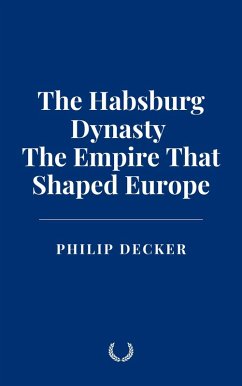The analysis emphasizes key figures like Charles V, Maria Theresa, Franz Joseph I, and their diplomatic and military strategies, as well as internal reforms that sought to preserve imperial unity. The narrative also addresses the role of the Habsburgs in major European conflicts, including the Thirty Years' War, the Napoleonic Wars, and the First World War, demonstrating how external pressures and internal unrest culminated in the empire's disintegration in 1918. Special attention is given to the Congress of Vienna (18141815) and the Revolutions of 1848, events that underscored the fragile balance between tradition and reform within the empire.
This study also explores the Habsburg legacy in the successor states that emerged after the collapse of Austria-Hungary, highlighting the persistence of imperial nostalgia, nationalist grievances, and cultural memory in post-imperial Central Europe. By engaging with primary sources such as imperial decrees, parliamentary speeches, and treaties, as well as modern historiographical debates, this work presents a nuanced interpretation of the Habsburg Monarchy as both an enduring power and a symbol of historical decline. Ultimately, this research contributes to a broader understanding of the dynamics of empire, national identity, and governance in the modern era.
Dieser Download kann aus rechtlichen Gründen nur mit Rechnungsadresse in A, B, CY, CZ, D, DK, EW, E, FIN, F, GR, H, IRL, I, LT, L, LR, M, NL, PL, P, R, S, SLO, SK ausgeliefert werden.









